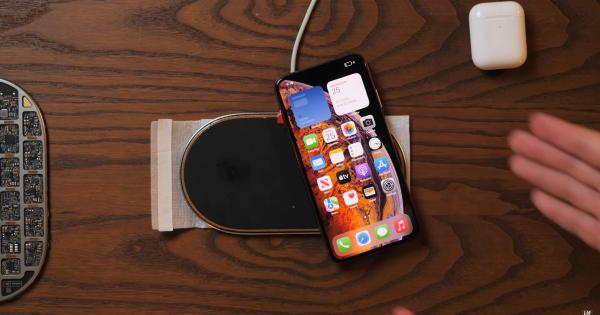Generally, Apple presents and launches high-quality products, and although they don’t sell as well (hello, HomePod), at least we know that they were manufactured under the highest standards. And then there is the case of the AirPower, a wireless charger mat that was announced with great fanfare… and it had to be canceled. And today he returned, because some YouTubers got prototypes!
The YouTube channel DongleBook Pro got a working prototype of the AirPower, and through a teaser he revealed that he was going to lend it to technology YouTuber Luke Miani:
Shortly after, Luke Miani himself uploaded a full review of the AirPower to his channel. As you can see, the device is not exactly pleasing to the eye, because its design is crude and its components are basically exposed. In fact, the content creator obtained 2 prototypes from different stages of development, since one includes 16 coils while the other already had 22.
The YouTuber managed to get both AirPods and an iPhone to charge for a brief second, before the AirPower turned off and had to be disconnected and reconnected, to be able to charge again for a second. Despite the fact that this is not much, this is the first time we managed to see the elusive charger mat really working.
As if that wasn’t enough, Miani also got a square mat that he called SquarePower, which presumably could have been the oldest design or the final design of the Power Air. The model does not work, but it lets us take a look at what Apple was planning.
Miani came to the conclusion that, on paper, the AirPower seems like a great idea: a small mat on which you can leave your cell phone, or your watch or your headphones without much care, and they charge automatically. However, all the technology and components you need for the entire surface to charge is too expensive and unnecessary, compared to a smaller and more restrictive traditional wireless charger.
The AirPower will go down in history as the Apple product that was announced as a revolution and had to be canceled because the company could not make it work under its standards. But at least we could see it in action, even if it was for a moment.








